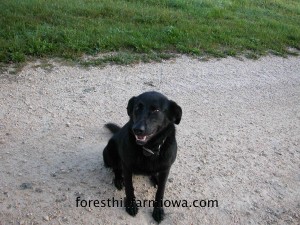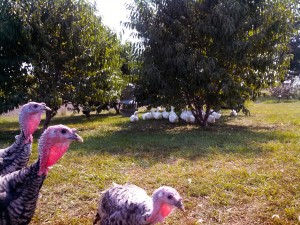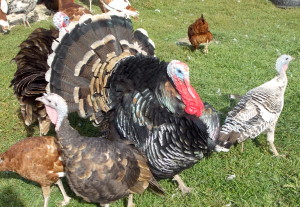 Happy Thanksgiving!
Happy Thanksgiving!
We want to take a moment to let you know how thankful we are for having you as a customer.
Have a wonderful Thanksgiving!
Warmest wishes from Forest Hill Farm
A "Corny" Celebration
In New England in 1623, a famine devastated the newly settled Pilgrims. Corn, their primary crop, became so terribly scarce that they rationed it kernel by kernel. Each person was given five kernels a day. That's all! When the famine was finally over, receiving the five kernels of corn became a symbolic ritual. On Thanksgiving Day, people each received five kernels of corn on their plate as a reminder of those hard times - and of their gratitude to God for their many blessings.
The word "thank" comes from an Old English word that means to think. Perhaps we could use this definition to add new meaning to this holiday - this "Thinks-giving."
Thinking people are thankful people. When you sit down to your Thanksgiving dinner, give each person five kernels of corn. Ask individuals to think about each kernel and the blessings it represents:
First kernel- the beauty and bounty of nature God provides.
Second Kernel- our rich heritage of courageous men and women who helped establish this land of freedom.
Third kernel- the work each of us has - in school, at church or on the job - and the privilege of doing it to the best of our abilities.
Fourth kernel- our loved ones, friends, classmates, teammates.
Fifth kernel- God's power and presence throughout our past, present and future.
Make your Thanksgiving celebration a "corny" occasion this year for the whole family. It's a good way to think about how fortunate we really are.
From the Norway Lutheran Church 150th anniversary cookbook, Saint Olaf, Iowa
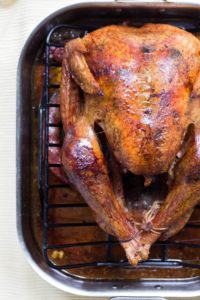 Turkey Brining Recipe
Turkey Brining Recipe
2 gallons water
1 can apple juice concentrate, thawed
1 cup sea salt
3 cloves garlic, crushed
2 TBS peppercorns
1 cup brown sugar
2 sprigs fresh rosemary
3 oranges, cut in quarters
Mix all the ingredients together. Place thawed turkey In a food grade bucket or brining bag. Pour in brine. Refrigerate for 24 – 48 hours. Rinse turkey and pat dry. Bake or smoke turkey according to your favorite recipe.

Let Your Heart Be Full of Thanksgiving!
Welcome a stranger,
Seek out a forgotten friend
Keep a promise
Laugh
Listen
Brighten the heart of a child
Encourage the young
Express your gratitude
Be gentle
Take pleasure in the beauty and wonder of the earth
Speak your love
Speak it once again…
And
Let your heart be filled with
THANKSGIVING
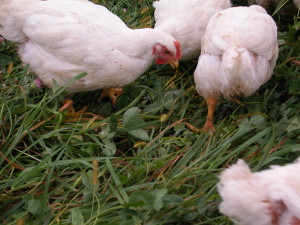
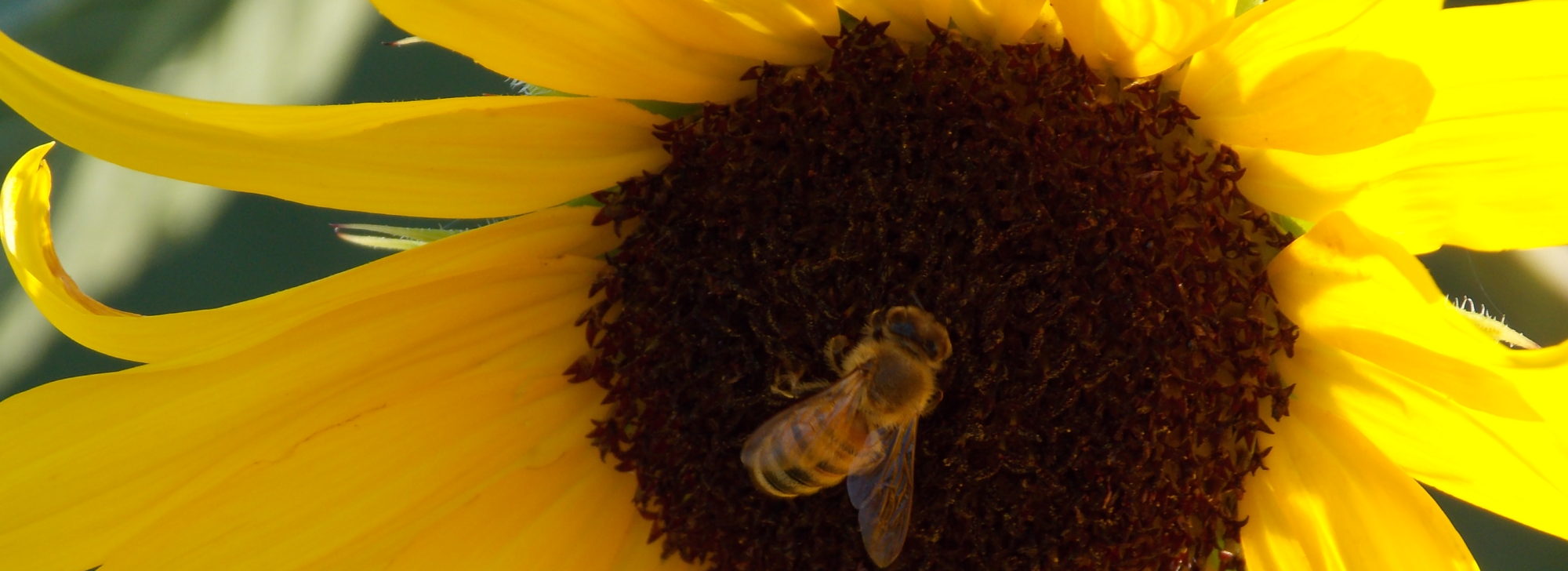
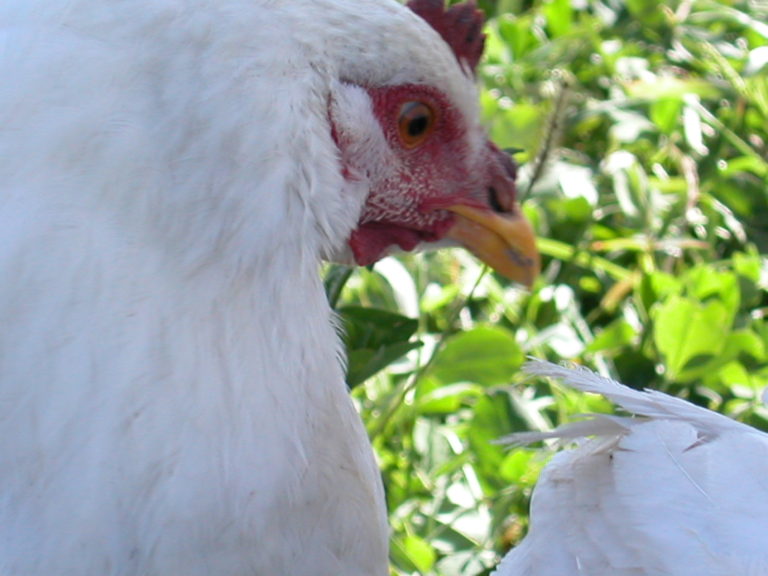
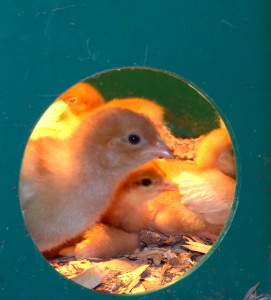 Making a Protein Tub Brooder for Starting Chicks
Making a Protein Tub Brooder for Starting Chicks
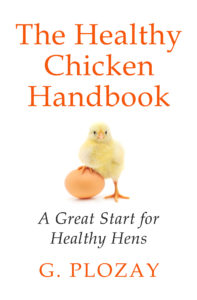
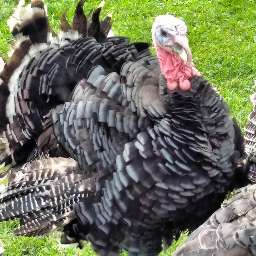

 Turkey Brining Recipe
Turkey Brining Recipe
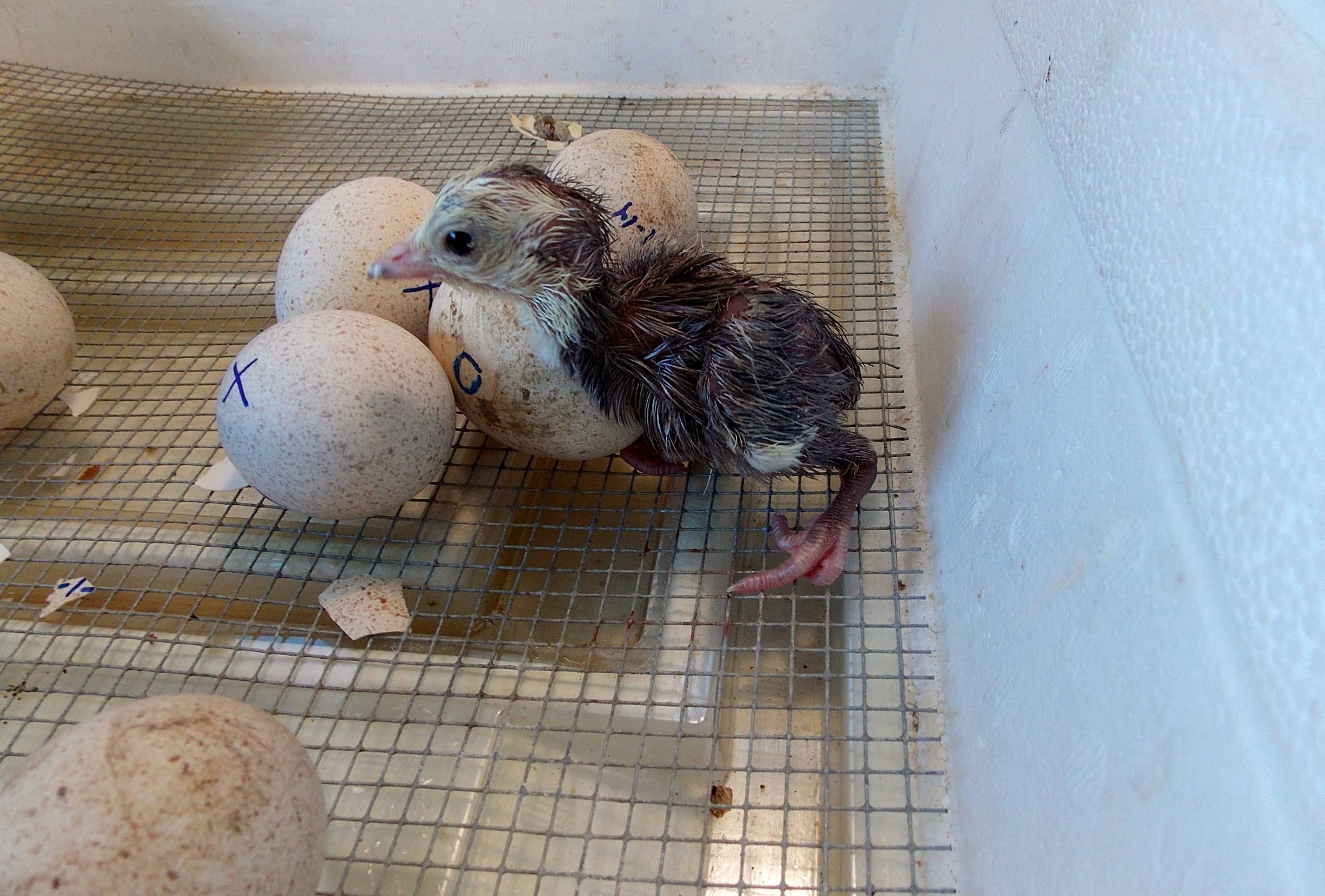
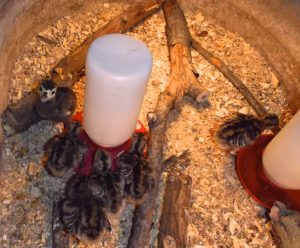
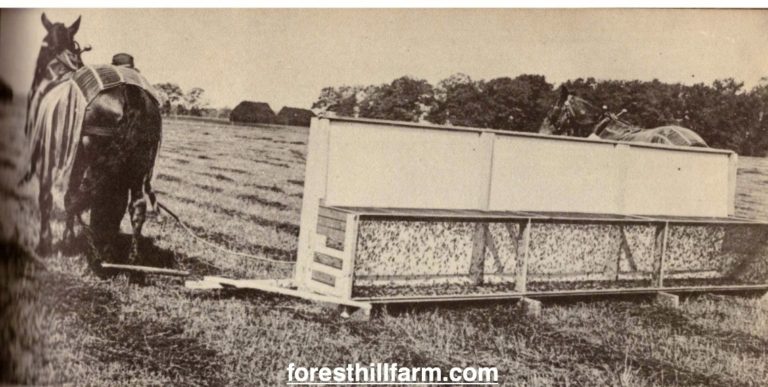
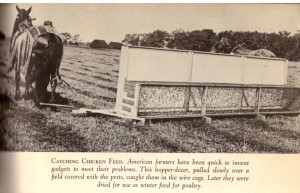
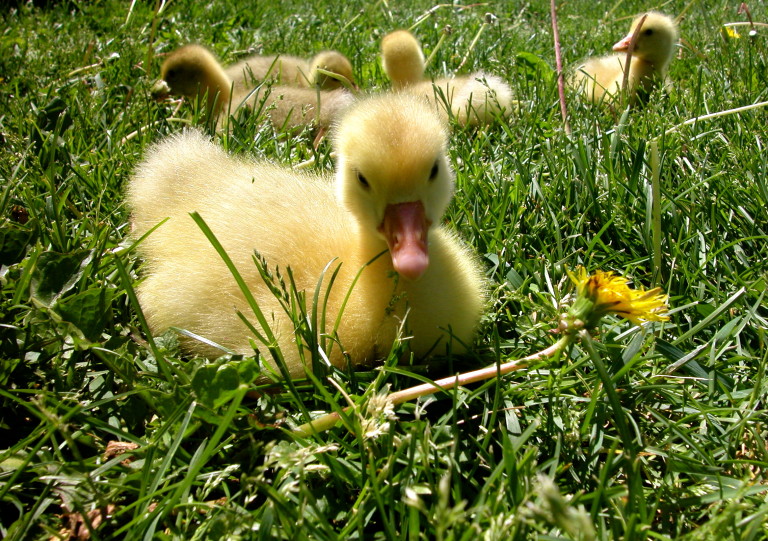
 Muscovy Duck Can Fly
Muscovy Duck Can Fly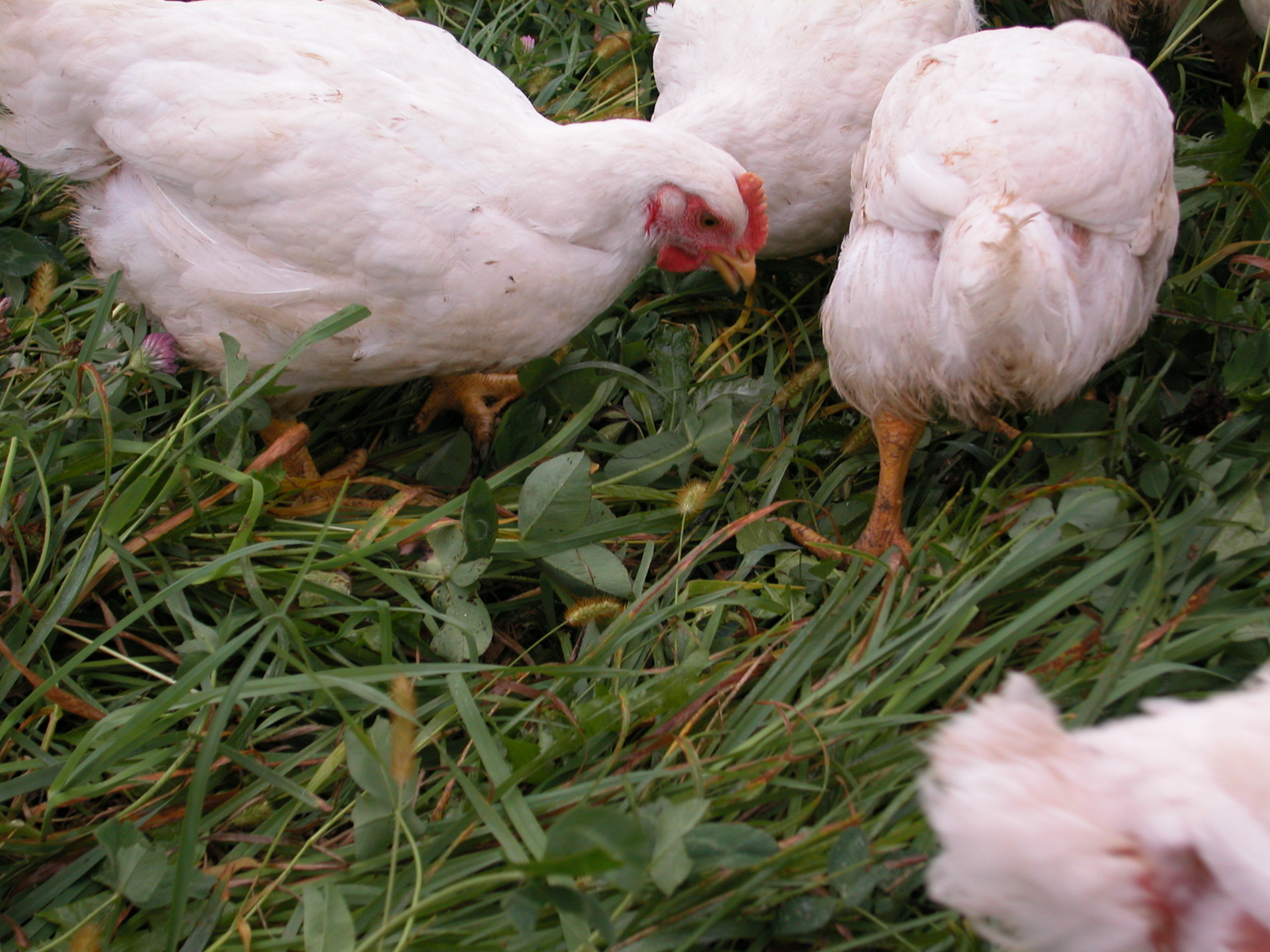
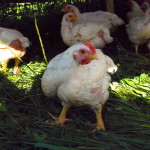
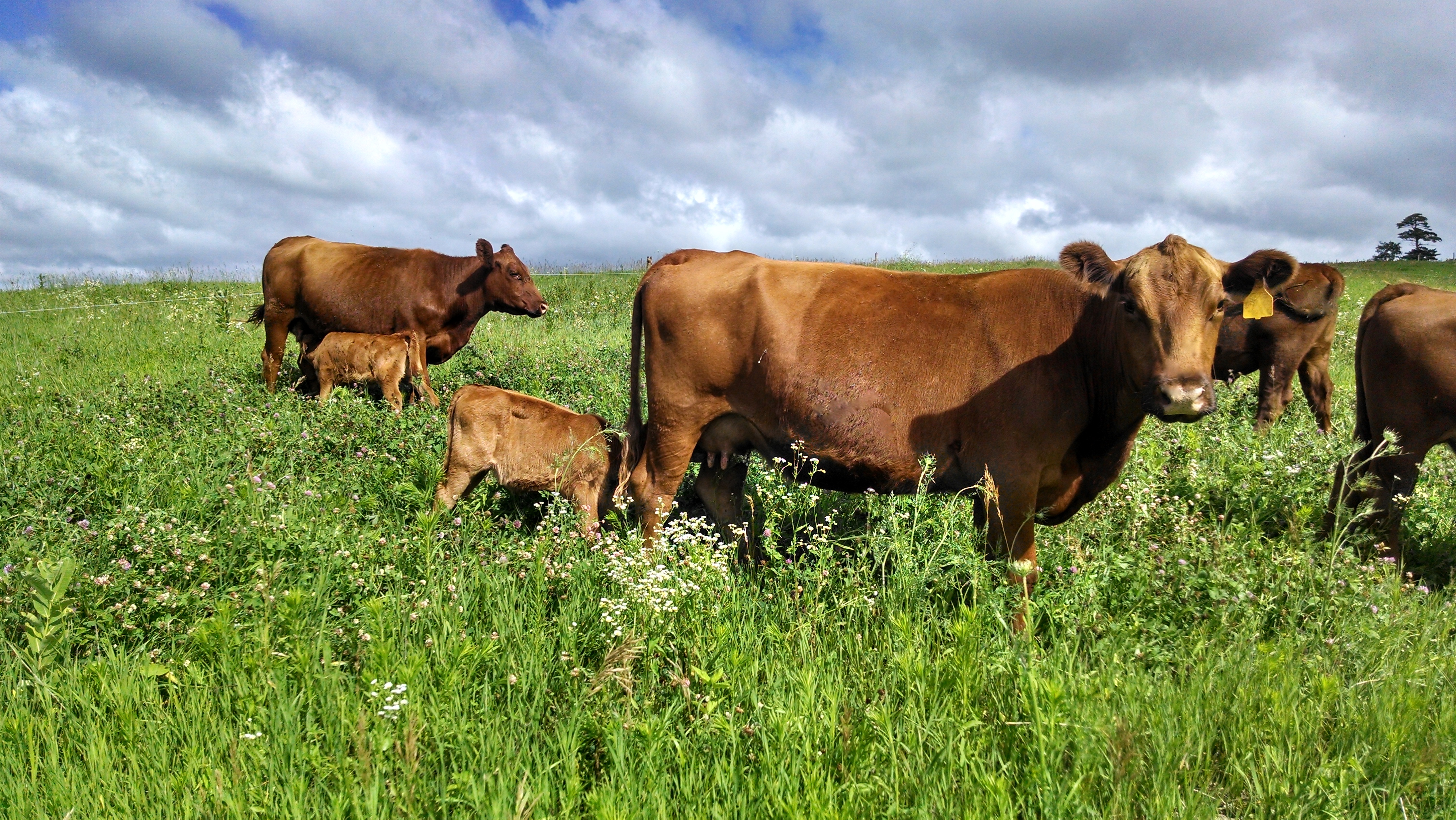
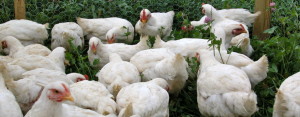
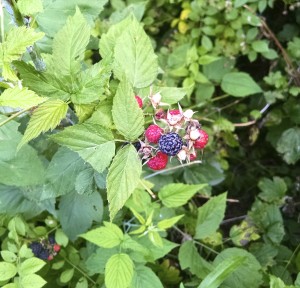
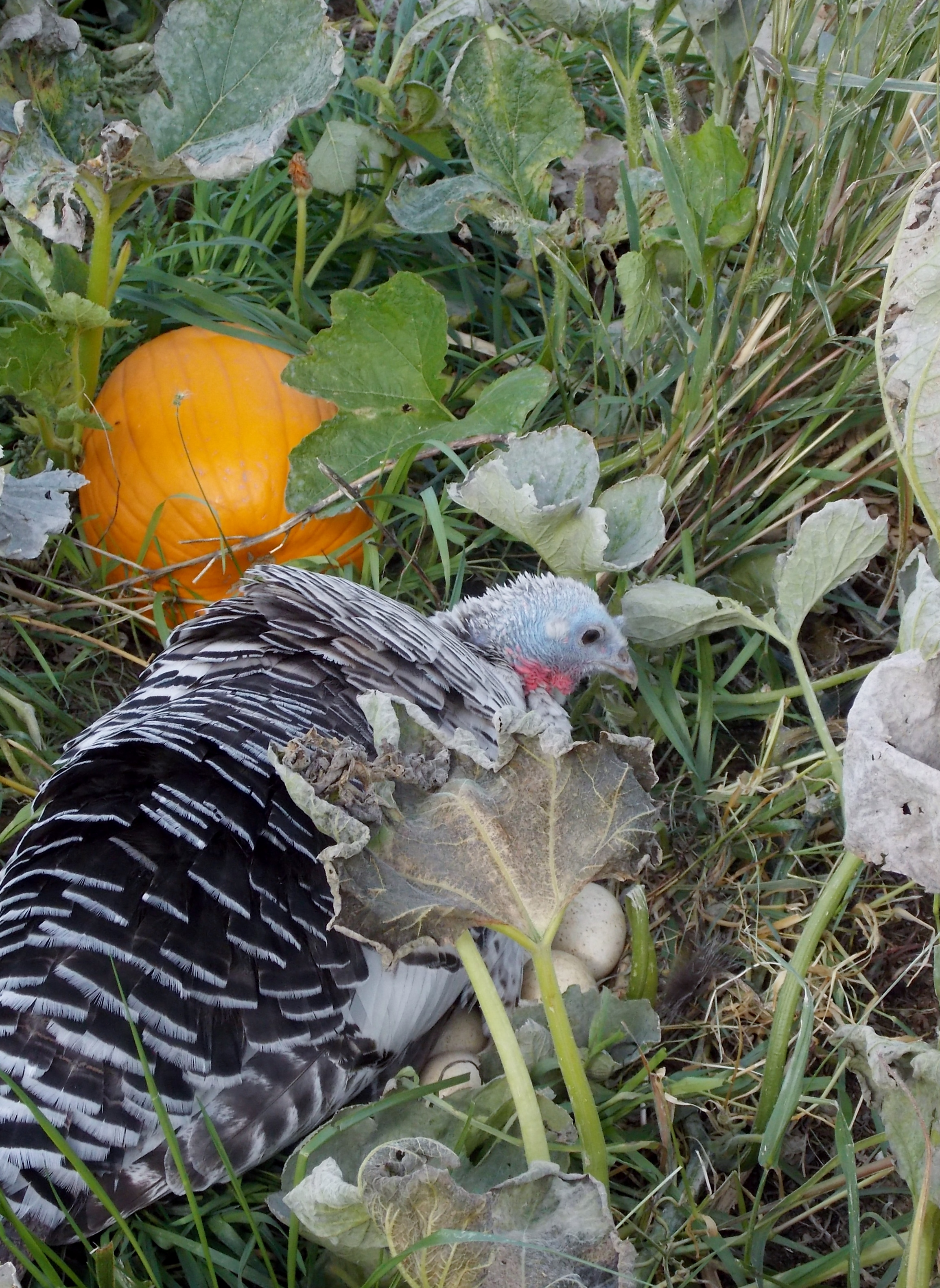
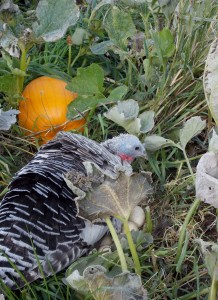
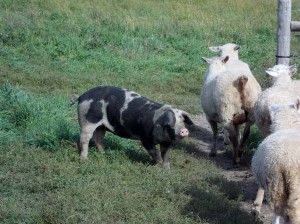 The oak tree along the lane is dropping bushels of acorn that go uncollected. The oak in the pasture is dropping a heavy crop for the pigs to feast on. They've gleaned the fallen nuts leaving the ground underneath bare. One pig in particular stands sentry, he won't let the sheep near the tree. He doesn't realize the sheep want sweet clover not bitter acorns. Between the pumpkins, clovers, apples, and nuts the pigs diet is diverse. Their commercial feed goes untouched when there's so much they can harvest themselves. This is one of the benefits of
The oak tree along the lane is dropping bushels of acorn that go uncollected. The oak in the pasture is dropping a heavy crop for the pigs to feast on. They've gleaned the fallen nuts leaving the ground underneath bare. One pig in particular stands sentry, he won't let the sheep near the tree. He doesn't realize the sheep want sweet clover not bitter acorns. Between the pumpkins, clovers, apples, and nuts the pigs diet is diverse. Their commercial feed goes untouched when there's so much they can harvest themselves. This is one of the benefits of 